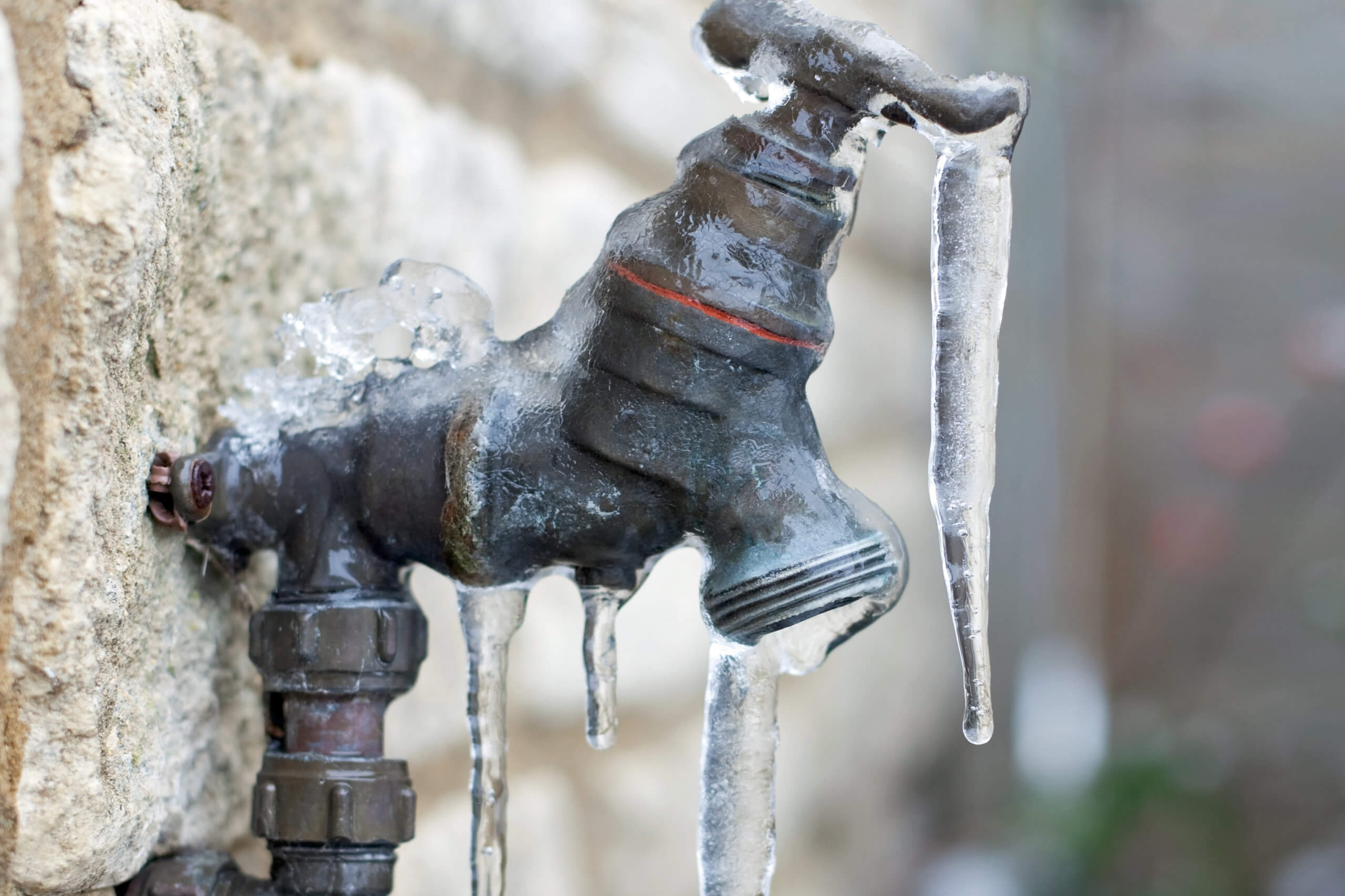Critical Methods for Preventing Frozen Plumbing in Winter
Critical Methods for Preventing Frozen Plumbing in Winter
Blog Article
Have you been searching for selective information around How To Avoid Freezing Pipes?

Winter can wreak havoc on your pipes, particularly by freezing pipes. Right here's just how to prevent it from occurring and what to do if it does.
Intro
As temperature levels drop, the danger of icy pipelines rises, possibly bring about expensive repair services and water damages. Comprehending exactly how to prevent frozen pipes is crucial for property owners in chilly environments.
Understanding Frozen Pipelines
What creates pipelines to ice up?
Pipes ice up when exposed to temperature levels listed below 32 ° F (0 ° C) for expanded periods. As water inside the pipelines freezes, it broadens, taxing the pipeline walls and potentially causing them to burst.
Risks and damages
Icy pipes can lead to water disruptions, residential property damages, and pricey repairs. Burst pipes can flooding homes and create comprehensive architectural damage.
Indications of Frozen Piping
Identifying icy pipes early can stop them from breaking.
Exactly how to identify frozen pipes
Search for lowered water circulation from taps, uncommon smells or noises from pipelines, and visible frost on exposed pipes.
Avoidance Tips
Protecting at risk pipes
Cover pipelines in insulation sleeves or use heat tape to shield them from freezing temperature levels. Concentrate on pipes in unheated or exterior locations of the home.
Heating strategies
Keep interior spaces sufficiently heated up, particularly locations with pipes. Open up closet doors to allow warm air to flow around pipes under sinks.
Securing Outside Pipes
Yard tubes and exterior taps
Detach and drain pipes yard tubes before winter months. Mount frost-proof faucets or cover outside faucets with shielded caps.
What to Do If Your Pipelines Freeze
Immediate actions to take
If you think icy pipelines, maintain taps open up to ease pressure as the ice thaws. Make use of a hairdryer or towels soaked in warm water to thaw pipes gradually.
Long-Term Solutions
Structural adjustments
Think about rerouting pipelines away from exterior wall surfaces or unheated areas. Include added insulation to attic rooms, basements, and crawl spaces.
Upgrading insulation
Buy high-grade insulation for pipes, attic rooms, and wall surfaces. Correct insulation assists keep regular temperatures and decreases the threat of icy pipes.
Verdict
Preventing icy pipelines requires proactive actions and fast feedbacks. By comprehending the causes, indicators, and safety nets, home owners can protect their plumbing during cold weather.
5 Ways to Prevent Frozen Pipes
Drain Outdoor Faucets and Disconnect Hoses
First, close the shut-off valve that controls the flow of water in the pipe to your outdoor faucet. Then, head outside to disconnect and drain your hose and open the outdoor faucet to allow the water to completely drain out of the line. Turn off the faucet when done. Finally, head back to the shut-off valve and drain the remaining water inside the pipe into a bucket or container. Additionally, if you have a home irrigation system, you should consider hiring an expert to clear the system of water each year.
Insulate Pipes
One of the best and most cost-effective methods for preventing frozen water pipes is to wrap your pipes with insulation. This is especially important for areas in your home that aren’t exposed to heat, such as an attic. We suggest using foam sleeves, which can typically be found at your local hardware store.
Keep Heat Running at 65
Your pipes are located inside your walls, and the temperature there is much colder than the rest of the house. To prevent your pipes from freezing, The Insurance Information Institute suggests that you keep your home heated to at least 65 degrees, even when traveling. You may want to invest in smart devices that can keep an eye on the temperature in your home while you’re away.
Leave Water Dripping
Moving water — even a small trickle — can prevent ice from forming inside your pipes. When freezing temps are imminent, start a drip of water from all faucets that serve exposed pipes. Leaving a few faucets running will also help relieve pressure inside the pipes and help prevent a rupture if the water inside freezes.
Open Cupboard Doors
Warm your kitchen and bathroom pipes by opening cupboards and vanities. You should also leave your interior doors ajar to help warm air circulate evenly throughout your home.

Hopefully you liked our piece about 6 Ways to Prevent Frozen Pipes. Thank you so much for spending some time to browse our article post. Liked our entry? Please quickly share it. Let somebody else check it out. Thanks a bunch for being here. Come back soon.
Top Article Report this page